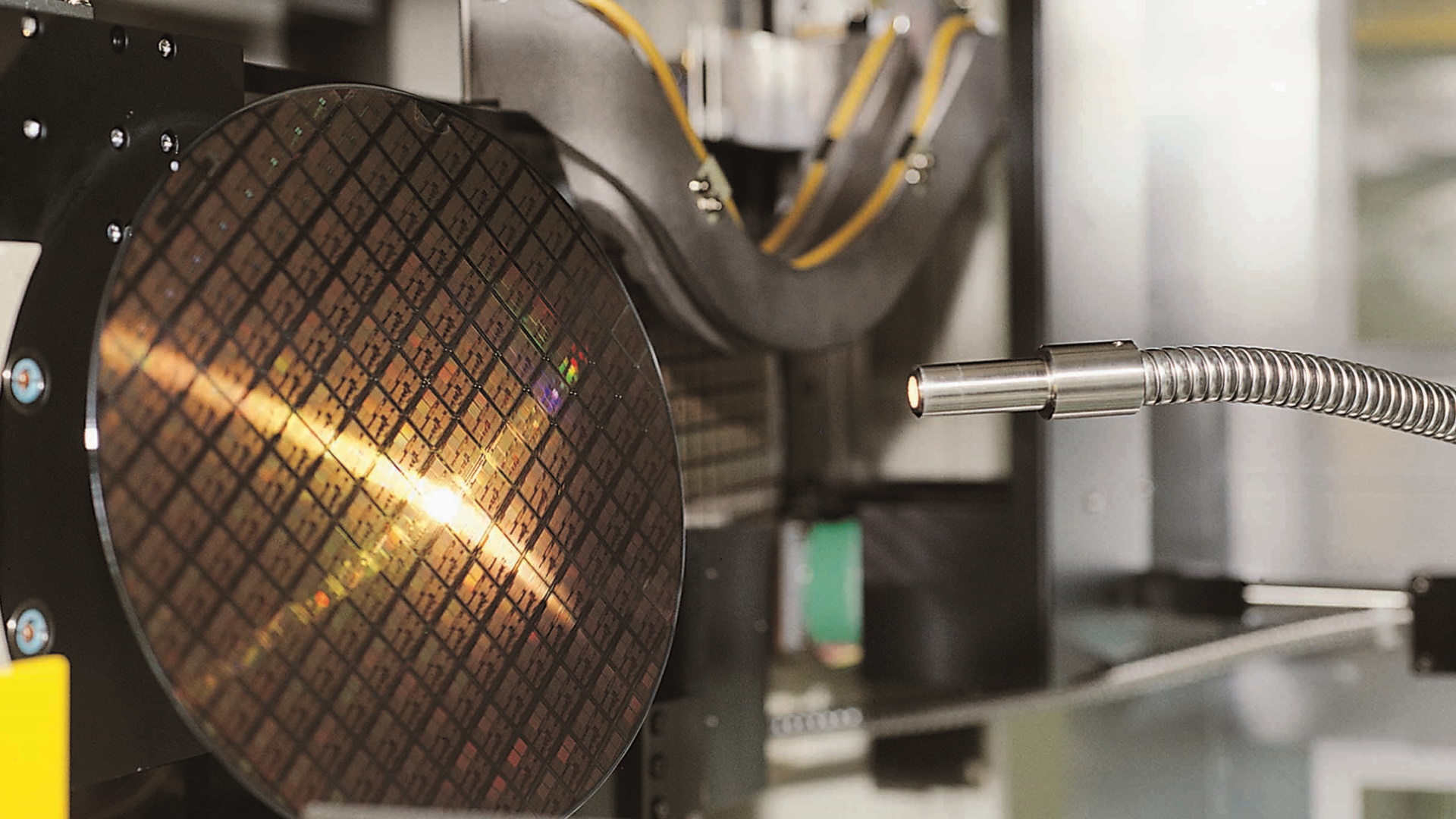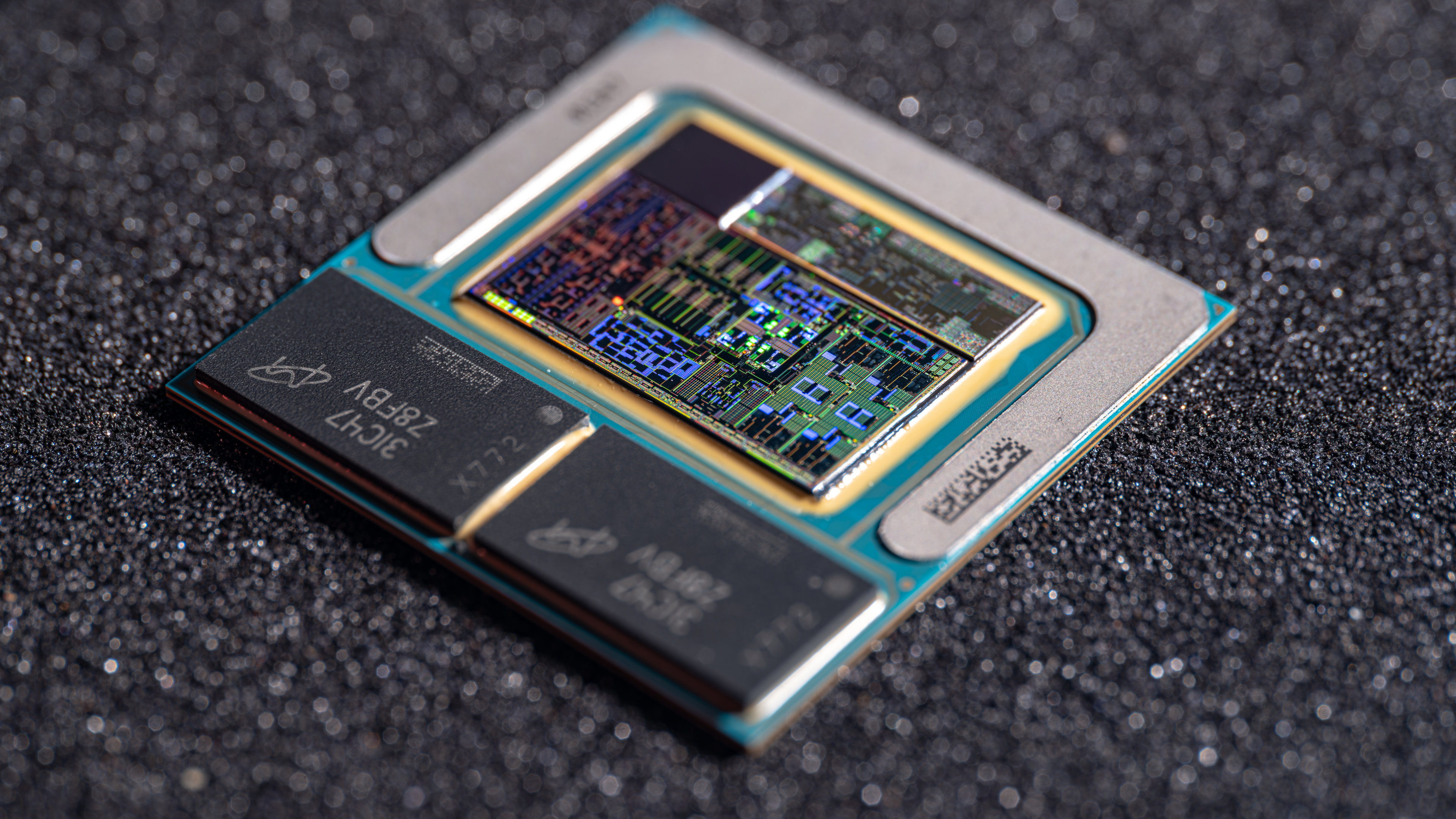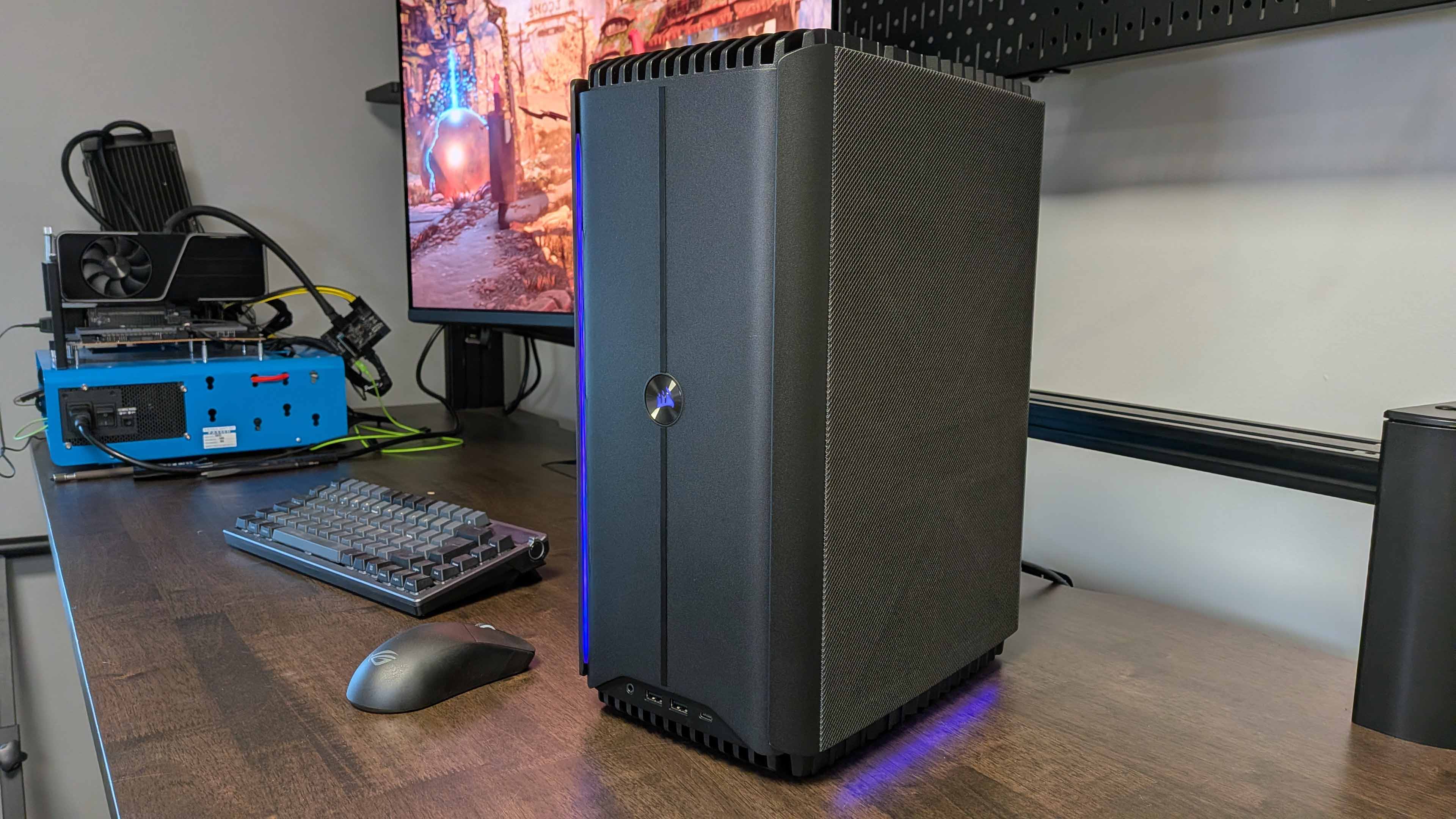TSMC fires several employees over the suspicion of stealing 2 nm process tech secrets, with Taiwan authorities investigating the matter due to national security fears
A sentence of up to 12 years in prison and a $3.3 million fine could be demanded by prosecutors.
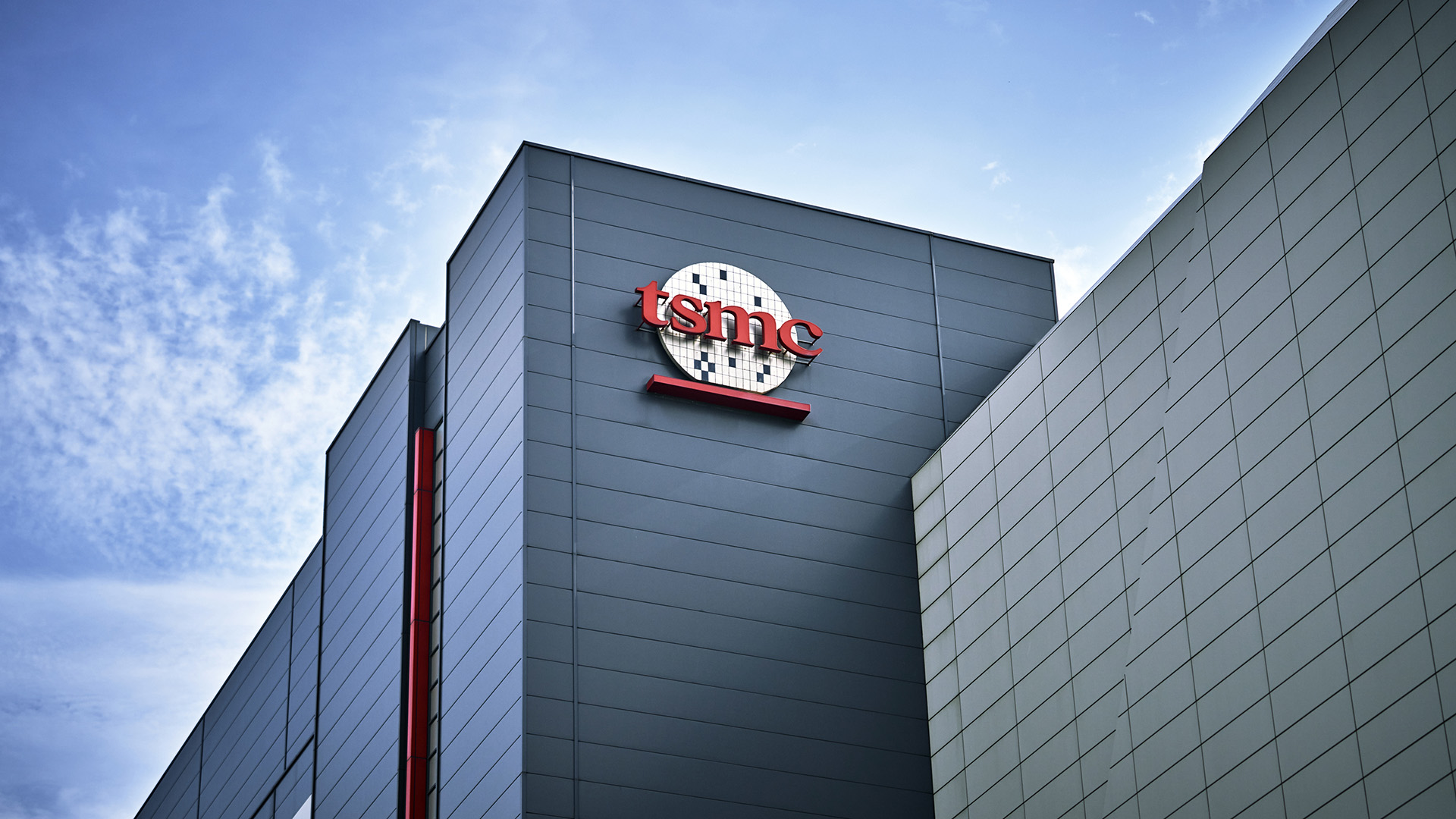
A single company firing staff over the suspicion of theft doesn't always make for headline news, but when the business in question is TSMC and its cutting-edge fabrication technology, it's not hard to see why Taiwan's Supreme Prosecutors Office has got involved in the matter.
Details of the case were reported by Central News Agency, Taipei (via Dan Nystedt on X), stating that one former employee and one current (though now ex) employee of TSMC have been arrested by Taiwanese authorities; three other employees have also been detained. It all came about after TSMC discovered that one person had 'unusual' access to files.
After an internal investigation, the chip-making giant came to the conclusion that there was sufficient evidence to suspect that 'core national trade secrets' were being illegally obtained, and so filed a lawsuit against the employees in question.
That prompted the Intellectual Property Division of Taiwan's Supreme Prosecutors Office (SPO) to have the people in question arrested under the National Security Act. The maximum penalty for this type of crime is apparently 12 years in prison and a fine of $3.3 million.
At face value, this might seem like an extreme reaction, but TSMC is estimated to account for 8% of Taiwan's GDP and 12% of all its exports. It also holds almost 70% of the global foundry market, though if one analyses this per process node or industrial sector, the figure can be significantly higher. So, given that the theft pertains to TSMC's forthcoming N2 process node, it's perhaps not surprising that Taiwan's SPO reacted in such a way.
In the world of semiconductors, IP theft has the potential to be extremely lucrative, given that even minor details about a cutting-edge process node could accelerate research and gain ground over competitors in being first-to-market. Employees who steal such information may be state-sponsored or simply looking to sell documents and data to the highest bidder.
TSMC's N2 process node is expected to offer a decent improvement over N3 in terms of power efficiency and SRAM density (which is used for cache in CPUs and GPUs), though overall transistor density is only modestly better. AMD and Nvidia will be keen to use N2 because they're both currently shipping chips fabricated on variations of TSMC's N5 node, with Apple using N3 for its A18 and A18 Pro chips and Intel for its Lunar Lake processors.
Keep up to date with the most important stories and the best deals, as picked by the PC Gamer team.
To meet customers' expectations of improved capabilities and performance with successive generations of processors, AMD et al rely on process nodes keeping pace with architectural changes. Adding more logic units and cache, via increased transistor counts, normally just results in a larger chip, but if they can all be made smaller, the die sizes can stay small but still offer more performance.
Thus, the fortunes of all the tech giants and TSMC are tied together, and in the case of the latter, Taiwan as well. This report of alleged IP theft isn't the first such case (though Taiwan's SPO say it is the first one of "illegally obtaining the country's core key technology trade secrets"), and it almost certainly won't be the last.
TSMC may have discovered the activity through routine inspections, but how many more have transpired undetected?
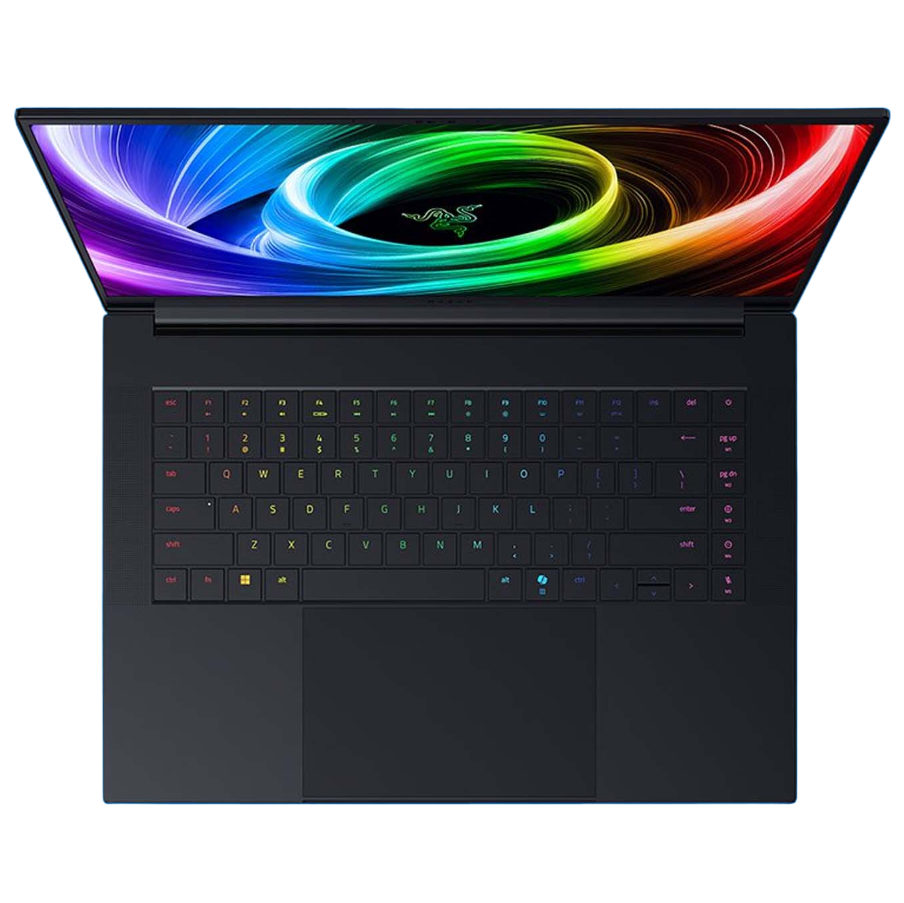
👉Check out our list of guides👈
1. Best gaming laptop: Razer Blade 16
2. Best gaming PC: HP Omen 35L
3. Best handheld gaming PC: Lenovo Legion Go S SteamOS ed.
4. Best mini PC: Minisforum AtomMan G7 PT
5. Best VR headset: Meta Quest 3

Nick, gaming, and computers all first met in the early 1980s. After leaving university, he became a physics and IT teacher and started writing about tech in the late 1990s. That resulted in him working with MadOnion to write the help files for 3DMark and PCMark. After a short stint working at Beyond3D.com, Nick joined Futuremark (MadOnion rebranded) full-time, as editor-in-chief for its PC gaming section, YouGamers. After the site shutdown, he became an engineering and computing lecturer for many years, but missed the writing bug. Cue four years at TechSpot.com covering everything and anything to do with tech and PCs. He freely admits to being far too obsessed with GPUs and open-world grindy RPGs, but who isn't these days?
You must confirm your public display name before commenting
Please logout and then login again, you will then be prompted to enter your display name.
